15 European Gems I Tried That Failed To Impress — And 5 Hidden Flaws That Ruined My Trips

Ever booked a trip with sky-high expectations, only to arrive and feel… meh? Trust me, I’ve been there. Europe may be packed with charm and history, but not every postcard-perfect place delivers the magic you imagine.
In some cases, it was the crowds. In others, it was the sheer price tag, bad timing, or even just poor planning on my part. And then there were those moments when everything that could go wrong—did.
From underwhelming landmarks to full-on travel disasters, here’s my brutally honest recap of European destinations that didn’t quite make the dream come true. Ready for the tea?
1. Dubrovnik at High Noon
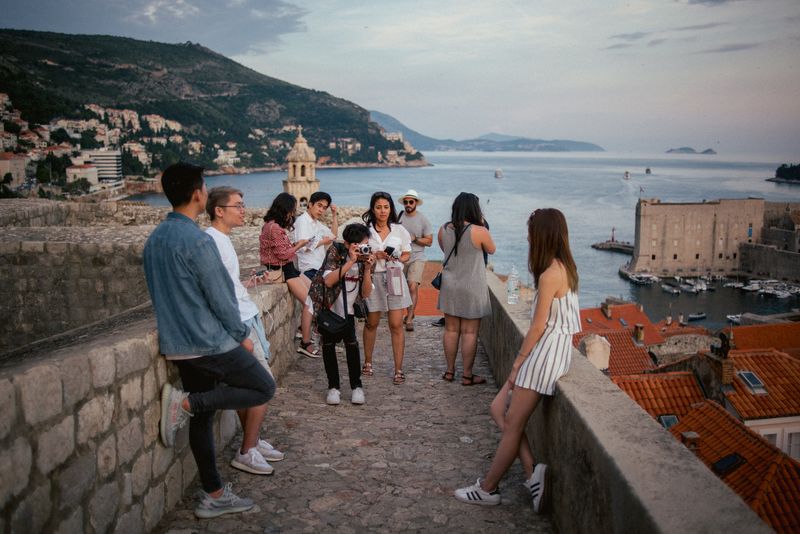
Summer crowds turned the ‘Pearl of the Adriatic’ into a sweaty obstacle course. Walking the famous city walls at midday was a mistake I won’t repeat – no shade, temperatures near 100°F, and selfie sticks jabbing from every direction.
The Old Town’s narrow streets became human traffic jams, with cruise ship passengers flooding every inch of space. Restaurants charged triple for mediocre meals with ocean views.
My advice? If you must go, visit in early morning or evening when the crowds thin out. Better yet, try smaller Croatian coastal towns like Rovinj or Korčula where the magic still exists without the Game of Thrones tour groups.
2. Bedbugs in Budget Rome (Ruined Trip)
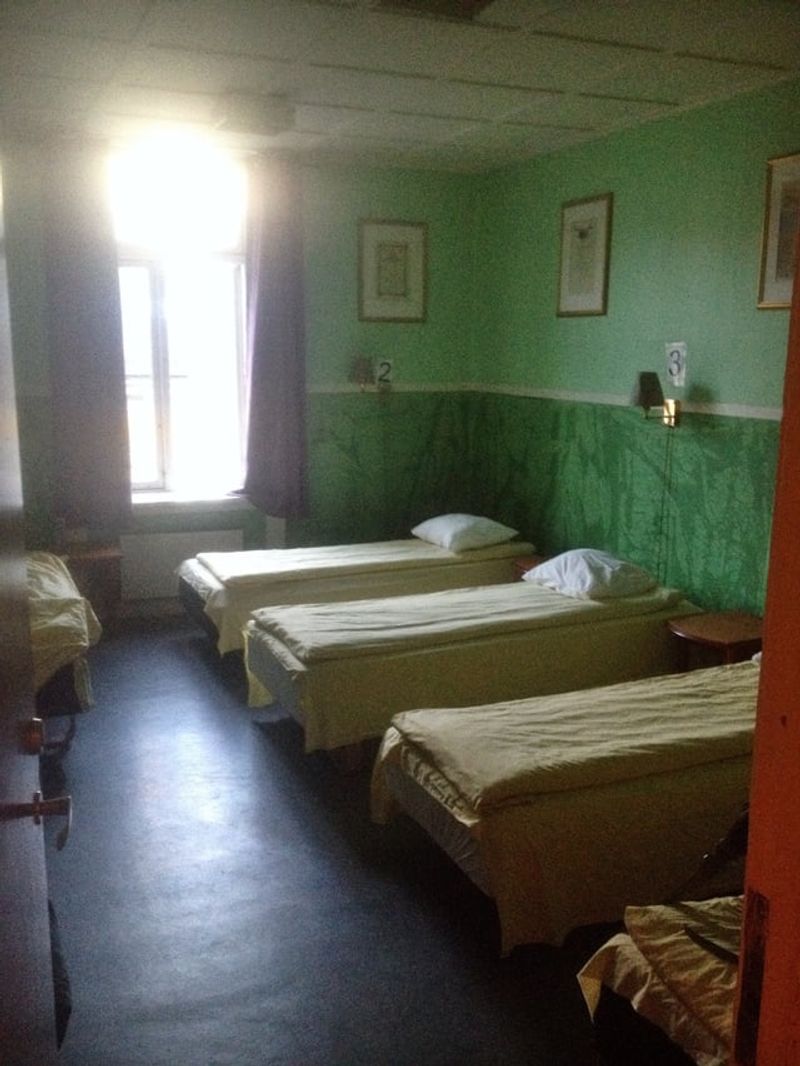
My Roman holiday turned into a nightmare on the second night when I woke up covered in itchy red welts. The budget hotel near Termini Station had seemed like such a bargain until I discovered why.
Fighting bedbugs meant throwing away my favorite backpack and several clothing items. I spent most of my vacation budget on a last-minute hotel switch and emergency laundry services instead of seeing the Colosseum.
Always check bedbug registry websites before booking accommodations. Those extra minutes of research could have saved my trip, my skin, and my luggage from a fate worse than any delayed flight or pickpocket encounter.
3. Santorini Off-Season Fog
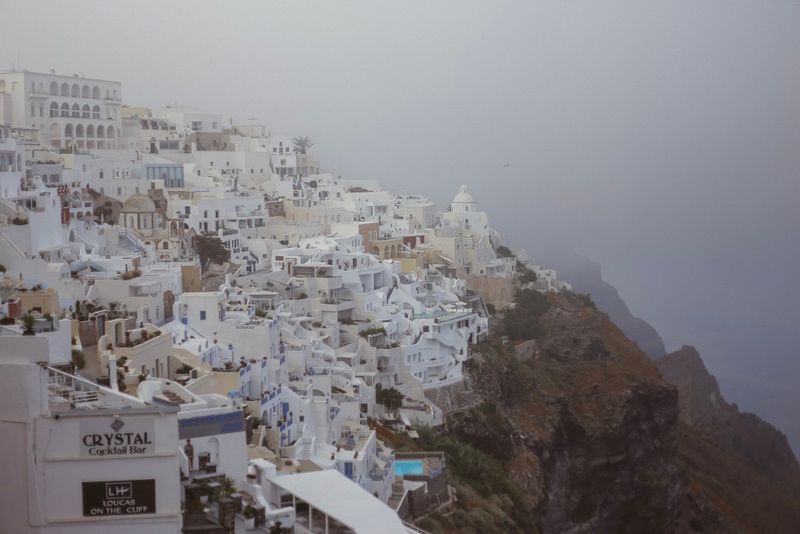
Those famous blue-and-white Instagram shots? Completely invisible during my February visit. The entire island was shrouded in a thick fog that never lifted for three straight days.
Most restaurants and shops were shuttered for the season. My romantic cliffside hotel view consisted of a white wall of mist instead of the caldera sunset I’d dreamed about for years.
Off-season travel has its perks, but sometimes there’s a reason certain destinations have a high season. If those postcard views are your main reason for visiting Santorini, stick to May through October. The winter savings weren’t worth the disappointment of never actually seeing the iconic village I traveled so far to experience.
4. Lucerne Lacked Soul

Picture-perfect but somehow hollow, Lucerne felt like Switzerland’s version of a theme park. The covered wooden bridges and pristine lake views were exactly as advertised, yet something essential was missing.
Maybe it was the sterile atmosphere or the overwhelming presence of luxury watch shops catering to wealthy tourists. Locals seemed scarce, and authentic Swiss culture felt replaced by a sanitized version created just for visitors.
Though undeniably beautiful, Lucerne left me cold with its postcard perfection. For travelers seeking authentic Swiss experiences, smaller villages in the Bernese Oberland or the less-touristed eastern regions offer the genuine charm and local connections that Lucerne promised but couldn’t deliver.
5. Paris With Tourist Traps

My Parisian dreams crashed against reality when I discovered my hotel was next to a souvenir shop selling plastic Eiffel Towers. The famous city of lights felt more like the city of tourist traps at every turn.
Lines for the Louvre stretched for hours while street vendors aggressively pushed trinkets. Cafés near major attractions served microwaved croissants at outrageous prices, and the legendary French service was notably absent.
Worst was feeling like a walking wallet rather than a visitor hoping to experience French culture. Paris can still be magical, but you need to venture far from the beaten path to find the authentic city that exists beyond the tourist assembly line.
6. Airport Nightmare in Nice (Ruined Trip)
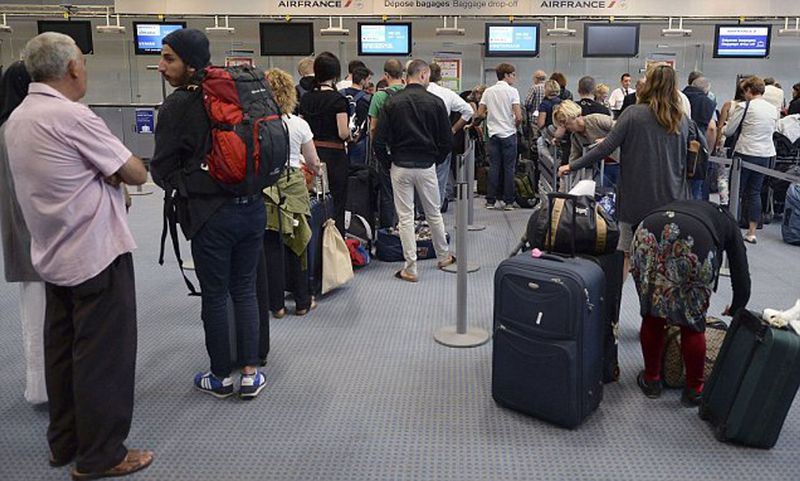
Air traffic controller strikes aren’t uncommon in France, but nobody warned me before I booked my non-refundable accommodations along the Riviera. Stranded at Nice Airport for 27 hours, I watched my carefully planned itinerary crumble.
The airport chaos included sleeping on the floor, €12 sandwiches, and no information about when flights might resume. By the time I reached my destination, I’d lost two full days of my vacation and hundreds in non-refundable bookings.
Always purchase travel insurance that specifically covers strikes and labor actions when visiting France. Consider building buffer days into your schedule, especially during summer when strikes are more common. My beautiful Côte d’Azur adventure never recovered from this disastrous start.
7. Prague Felt Too Polished

The Czech capital has transformed from hidden gem to tourist conveyor belt. Walking across Charles Bridge meant shuffling through a human traffic jam while dodging selfie sticks and caricature artists.
Old Town Square has become an open-air shopping mall where authentic Czech culture is hard to find beneath the tourist-oriented facades. Traditional pubs have been replaced by overpriced restaurants with English-only menus.
The city’s undeniable beauty remains, but feels increasingly like a movie set rather than a living, breathing place. For travelers seeking the authentic Czech experience Prague once offered, smaller cities like Český Krumlov or Olomouc now provide the charm and local connection that Prague has polished away in its tourism makeover.
8. Rain-Flooded Roads in Corsica (Ruined Trip)
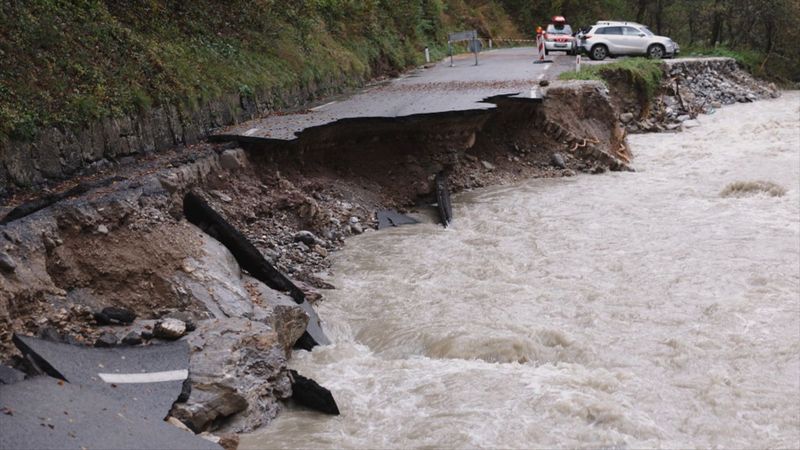
My dream of exploring Corsica’s mountainous interior vanished with the unexpected autumn flooding. Rental car agencies failed to mention that many inland roads become impassable after heavy rains, leaving me stranded in a small village for three days.
Local infrastructure couldn’t handle the downpour, and my carefully planned route through the island’s most beautiful regions became impossible. Cell service disappeared with the electricity, making it impossible to adjust plans or contact worried family.
When visiting mountainous Mediterranean islands, always research seasonal weather patterns thoroughly. What travel blogs described as “off-season deals” turned out to be “rainy season warnings” in disguise. The stunning landscapes I’d come to see remained hidden behind curtains of relentless rain and fog.
9. Vienna Was Too Stiff
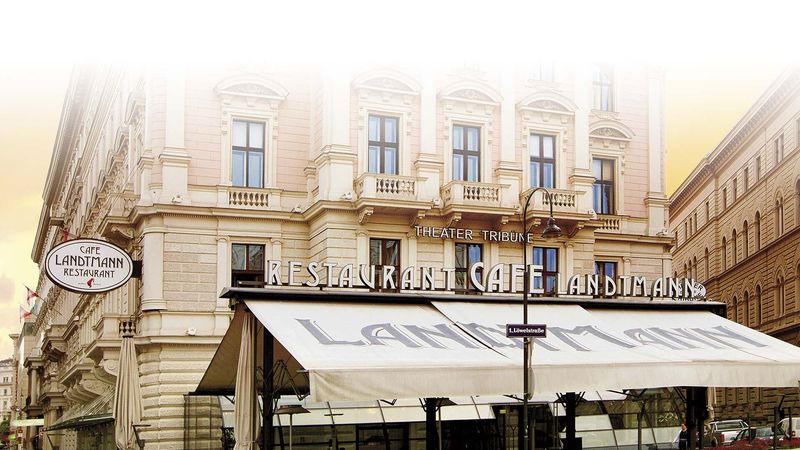
Imperial grandeur quickly became imperial boredom in Vienna’s overly formal atmosphere. The city’s stunning architecture couldn’t compensate for the cold, rigid cultural experience that made me feel like an intruder rather than a welcome visitor.
Famous cafés enforced unspoken rules that locals seemed born knowing but tourists couldn’t decipher. Even ordering a simple coffee became a stressful experience under the withering gaze of formal waiters.
Museums and palaces impressed visually but lacked engaging presentation, leaving me admiring buildings without connecting to their stories. For travelers seeking warmth alongside culture, Budapest or Ljubljana offer similar architectural beauty with more welcoming atmospheres and genuine interactions that Vienna’s formality seemed designed to prevent.
10. Ferry Chaos in Greek Isles (Ruined Trip)

Island hopping sounds romantic until you’re stranded on a dock for 14 hours with no information. My carefully planned Greek adventure fell apart when sudden winds caused mass ferry cancellations without warning or alternatives.
No refunds were offered for missed hotel bookings, and finding new accommodations on an overcrowded island during high season proved nearly impossible. When ferries finally resumed, the chaos of everyone rushing to board resembled a maritime evacuation rather than vacation transport.
Greek island infrastructure simply isn’t built for the volume of tourists it receives. Before planning a multi-island trip, research ferry reliability thoroughly and build flexible days into your schedule. Better yet, pick one or two islands to explore deeply rather than attempting to see everything in one hectic journey.
11. Hallstatt Felt Like a Set

This tiny Austrian village has been loved to death by Instagram. What once was an authentic Alpine community has transformed into a real-life theme park where tourists outnumber locals twenty to one.
Signs in Mandarin and English have replaced German, while souvenir shops have pushed out local businesses. Residents go about daily life as thousands of visitors photograph their homes, creating an uncomfortable human zoo atmosphere.
The famous lakeside view remains stunning but feels hollow when you realize you’re standing among hundreds of others taking identical photos. For a more authentic Alpine experience, try lesser-known villages like Gosau or Altaussee nearby, where real mountain life continues without the constant performance aspect that has overtaken Hallstatt.
12. Lisbon Was Exhausting
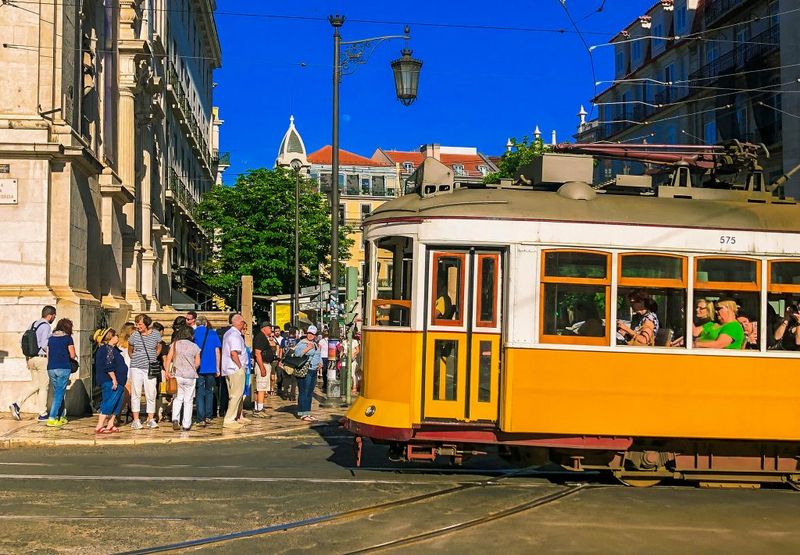
Nobody warned me about the relentless hills that make Lisbon a cardio workout rather than a relaxing getaway. After two days, my calves burned with an intensity that made sightseeing feel like punishment.
The constant uphill climbs between attractions meant arriving everywhere sweaty and exhausted. Historic trams offered little relief, packed to dangerous levels with tourists seeking respite from the vertical marathon.
While the city offers beautiful viewpoints, reaching them requires physical stamina that travel guides conveniently downplay. If mobility is a concern or you prefer vacations that don’t require athletic training, consider flatter European cities or plan a Lisbon itinerary by neighborhood to minimize the punishing elevation changes that left me too tired to enjoy the city’s genuine charms.
13. Rental Scam in Mallorca (Ruined Trip)
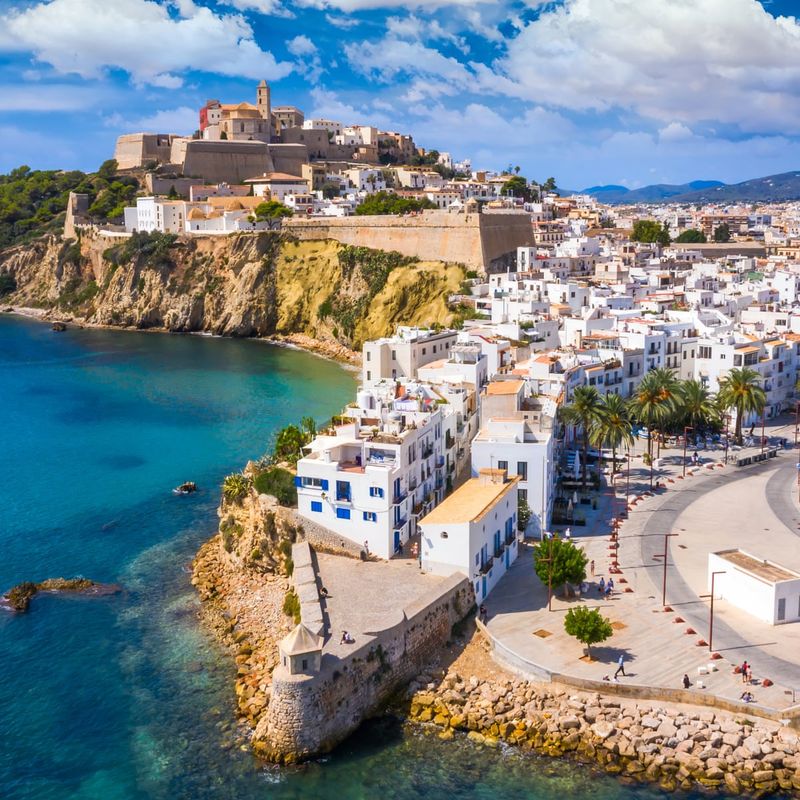
My beachfront villa rental existed only in Photoshopped listing photos. After paying the full amount upfront, I arrived to discover the address led to a run-down apartment complex miles from the beach, nothing like the luxury accommodation advertised.
The “24/7 customer service” disappeared completely when I reported the problem. Local police explained this scam targets tourists during peak season when alternative accommodations are impossible to find at the last minute.
With no vacancy anywhere on the island and my budget already spent, I was forced to accept substandard lodging for my entire stay. Always book through reputable platforms with buyer protection, verify properties through Google Street View before paying, and never transfer money directly to property owners promising “special discounts” for avoiding booking fees.
14. Lake Bled Disappointment

The fairy-tale island that dominates Lake Bled’s marketing materials looks much larger in photos than reality. My expensive boat ride revealed a tiny church surrounded by scaffolding undergoing renovations nobody mentioned in the brochures.
Crowds circled the lake’s perimeter like a slow-moving train, making it impossible to capture photos without dozens of strangers in the frame. Cafés charged triple the normal Slovenian prices for basic refreshments with a view.
While undeniably pretty, Lake Bled’s small size and overwhelming popularity create an experience that feels more like visiting an amusement park than a natural wonder. For truly magical Alpine lakes without the crowds, try Slovenia’s Lake Bohinj nearby or Austria’s Gosausee, where nature still outshines the tourist infrastructure.
15. Venice Overwatered and Overrun
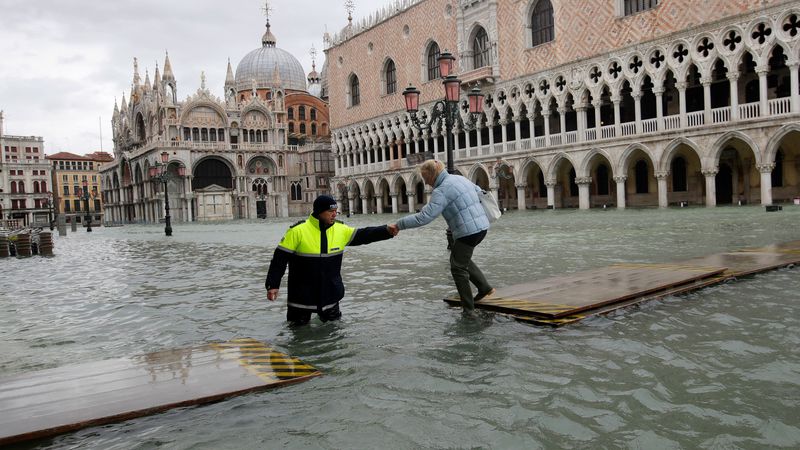
Arriving during acqua alta (high water) season was my first mistake. Navigating flooded streets in rental boots while dodging cruise ship crowds made the experience more stressful than magical.
St. Mark’s Square resembled a human parking lot rather than a historic plaza. Restaurants offered microwaved pasta at astronomical prices, knowing tourists had few alternatives in the maze-like city.
Venice’s beauty remains undeniable when glimpsed in quiet moments, but those moments are increasingly rare. The sinking city struggles under tourism weight it can’t sustain. For a similar canal experience without the crushing crowds, consider Annecy in France or Treviso just 30 minutes from Venice – both offer waterway charm with room to breathe and authentic local culture not yet sacrificed to mass tourism.
16. Monaco’s Cold Luxury

Unless you arrive by helicopter or Ferrari, Monaco makes it clear you don’t belong. This tiny principality specializes in making average visitors feel distinctly unwelcome amid its concentrated wealth display.
The famous casino requires an entrance fee just to glimpse its interior, while public beaches are overcrowded strips of imported sand. Even window shopping feels uncomfortable under the watchful eyes of security guards profiling visitors based on appearance.
Beyond the yacht-spotting and Formula 1 track, Monaco offers surprisingly little for travelers not participating in its luxury economy. The French Riviera offers numerous coastal towns with more authentic charm and hospitality. Nice, Villefranche-sur-Mer, or Menton provide Mediterranean beauty without Monaco’s exclusionary atmosphere that turns tourism into an exercise in class consciousness.
17. Edinburgh Without Warmth
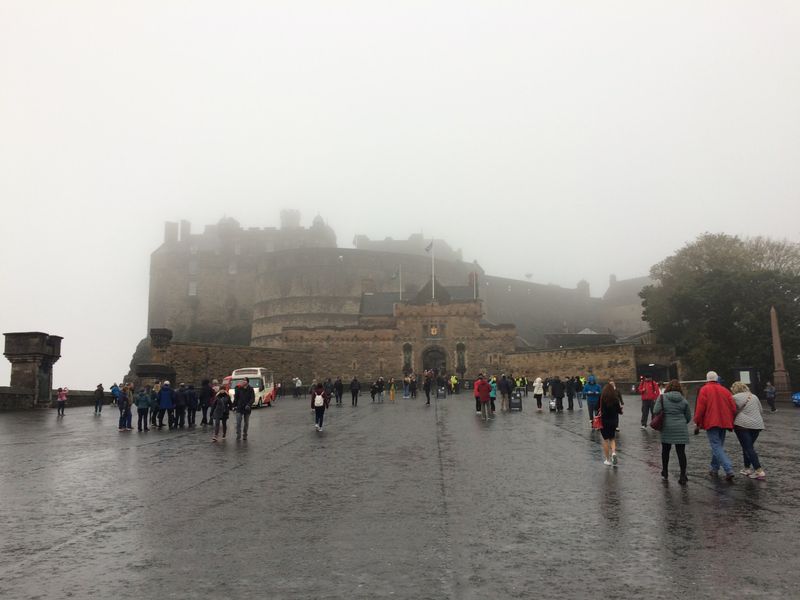
Scotland’s capital greeted me with horizontal rain and bone-chilling winds that no amount of layers could defend against. August – supposedly summer – featured temperatures that barely reached 55°F along with persistent drizzle that rendered city maps into soggy pulp.
The famous castle disappeared completely behind fog for my entire three-day visit. Indoor attractions became impossibly crowded as everyone sought shelter, creating claustrophobic museum experiences.
Even renowned Scottish hospitality couldn’t warm the experience of huddling in steamy cafés watching rain streak across windows. Edinburgh’s beauty deserves better weather to be appreciated fully. If you’re planning a visit, pack for winter regardless of season, or consider May and June when the city has its best chance of sunshine without the August festival crowds.
18. Overrated Amalfi Crowds
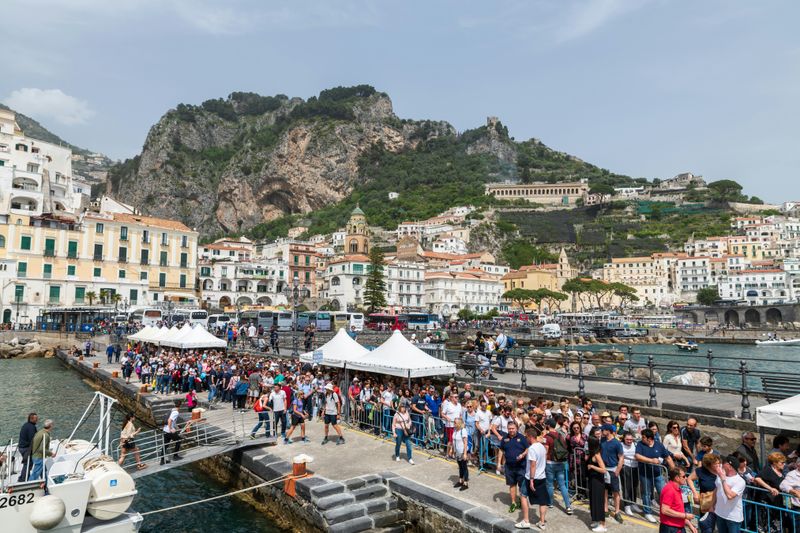
The famous coastal drive that features in car commercials becomes significantly less glamorous when experienced in a tour bus crawling at 5 mph behind hundreds of other vehicles. During high season, the narrow Amalfi Coast road transforms into a parking lot with views.
Villages like Positano have surrendered completely to tourism, with authentic Italian life replaced by overpriced lemon souvenirs and Instagram photo opportunities. Finding a spot on the tiny beaches requires arriving at dawn, only to pay exorbitant fees for basic amenities.
The scenery remains spectacular when you can glimpse it between crowds, but the experience feels more like visiting a theme park than discovering Italy. For similar coastal beauty with breathing room, try Puglia’s coastline or Sicily’s less trampled shores where local life still takes precedence over tourism performance.
19. Bruges Without the Magic

Rain can transform the “Venice of the North” from charming to dreary overnight. My visit coincided with a Belgian downpour that turned cobblestone streets into slippery hazards and outdoor cafés into abandoned ghost towns.
The famous canals looked less romantic and more like muddy ditches under gray skies. Horse-drawn carriages still clattered through streets, but now splashed dirty water on pedestrians huddled under inadequate umbrellas.
Medieval architecture loses its charm when you’re viewing it through rain-spattered glasses while trying to keep your city map from disintegrating. Bruges deserves its reputation on sunny days, but few travel guides mention how completely the experience deteriorates in bad weather. Consider the season carefully or have indoor backup plans for this outdoor-focused destination.
20. Cinque Terre Chaos

The colorful fishing villages clinging to Italian cliffs are victims of their own Instagram fame. Trying to hike between towns meant shuffling in a human conga line rather than enjoying nature, with selfie-takers creating bottlenecks at every viewpoint.
Train connections between villages were packed beyond comfortable capacity, often with hour-long waits just to board. Restaurants served mediocre meals at premium prices, knowing alternatives were limited in the tiny communities overwhelmed by day-trippers.
The famous coastal walking paths were partially closed due to landslides with no clear information about which sections remained accessible. While undeniably picturesque, Cinque Terre now struggles under tourism weight it wasn’t designed to handle. Consider visiting in deep off-season or exploring similar but less famous coastal villages in Liguria where local life hasn’t been completely overtaken.
